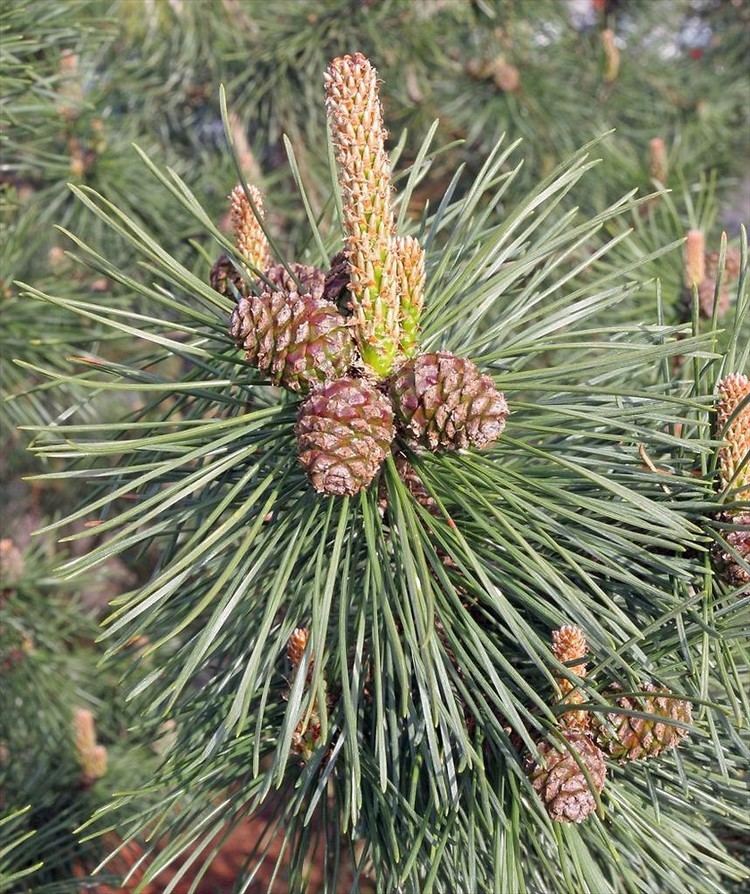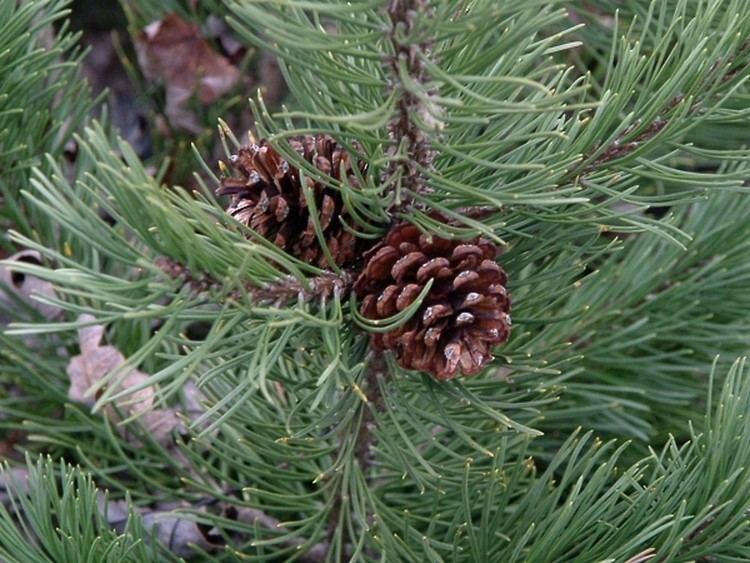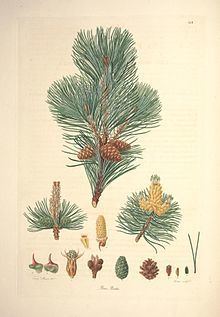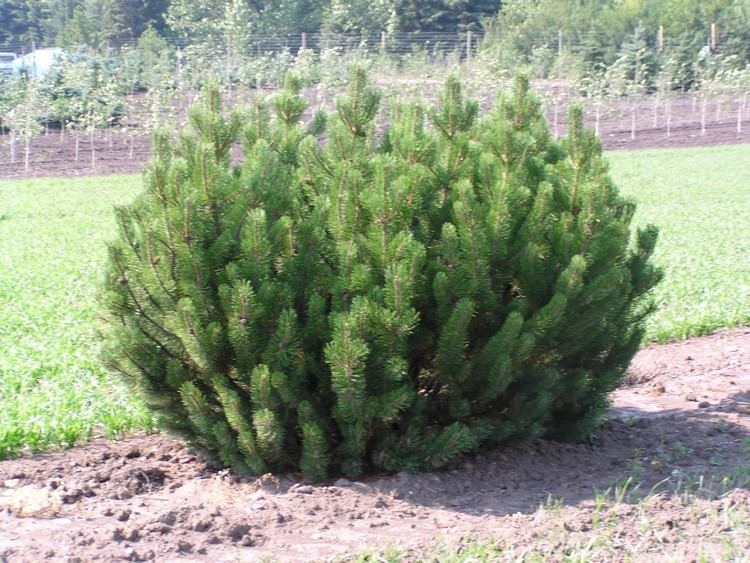Class Pinopsida Scientific name Pinus mugo | Division Pinophyta Genus Pinus Rank Species | |
 | ||
Similar Pinus cembra, Pinus pumila, Shadbush, Pinus sibirica, Korean Pine | ||
Pinus mugo ficha y trasplante
Pinus mugo, known as creeping pine, dwarf mountainpine, mugo pine, mountain pine, scrub mountain pine or Swiss mountain pine, is a species of conifer, native to high elevation habitats from southwestern to Central Europe.
Contents
- Pinus mugo ficha y trasplante
- Pinus mugo pinzado de velas
- Distribution
- Subspecies
- Cultivation
- Cultivars
- Culinary use
- Invasive species
- References

Pinus mugo pinzado de velas
Distribution

Pinus mugo is native to the Pyrenees, Alps, Erzgebirge, Carpathians, northern Apennines, and higher Balkan Peninsula mountains. It is usually found from 1,000–2,200 m (3,281–7,218 ft), occasionally as low as 200 m (656 ft) in the north of the range in Germany and Poland, and as high as 2,700 m (8,858 ft) in the south of the range in Bulgaria and the Pyrenees.
Pinus mugo was planted in coastal Denmark for sand dune stabilization. It has naturalized and become invasive.
Subspecies
There are three subspecies:

Some botanists treat the western subspecies as a separate species, Pinus uncinata, others as only a variety, Pinus mugo var. rostrata. This subspecies in the Pyrenees marks the alpine tree line or timberline, the edge of the habitat at which trees are capable of growing.
Both subspecies have similar foliage, with dark green leaves ("needles") in pairs, 3–7 cm (1.2–2.8 in) long.

The cones are nut-brown, 2.5–5.5 cm (0.98–2.17 in) long: and in subsp. mugo are symmetrical, thin-scaled and matt textured; and in subsp. uncinata are asymmetrical with thick scales on the upper side of the cone, thin on the lower side, and glossy textured.

An old name for the species Pinus montana is still occasionally seen, and a typographical error "mugho" (first made in a prominent 18th century encyclopedia) is still repeated surprisingly often.
Cultivation

Pinus mugo is widely cultivated as an ornamental plant, for use as a small tree or shrub, planted in gardens and in larger pots and planters. It is also used in Japanese garden style landscapes, and for larger bonsai specimens.
Cultivars
Numerous cultivars have been selected. The cultivar Pinus mugo 'Mops' was given the Royal Horticultural Society Award of Garden Merit.
Cultivars with seasonal changes in foliage color include Pinus mugo 'Wintergold' and Pinus mugo 'Ophir'.
Culinary use
A recent trend is the increase in use of the mugo pine in cooking. Buds and young cones are harvested from the wild in the spring and left to dry in the sun over the summer and into the fall. The cones and buds gradually drip syrup, which is then boiled down to a concentrate and combined with sugar to make pine syrup. Menus also use the terms "pinecone syrup" or "pine cone syrup" to refer to this ingredient.
Invasive species
Pinus mugo is classed as a wilding conifer, an invasive species that spreads in the high country of New Zealand, in coastal Denmark and other Scandinavian areas.
